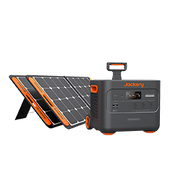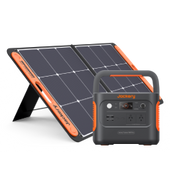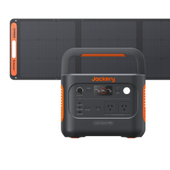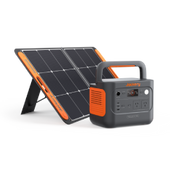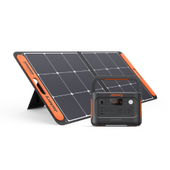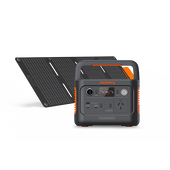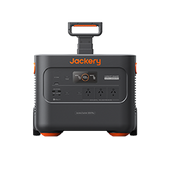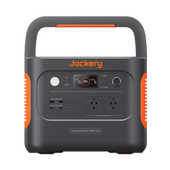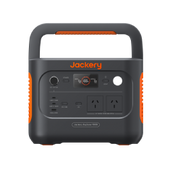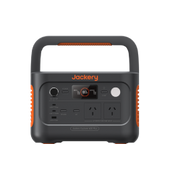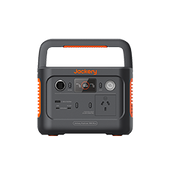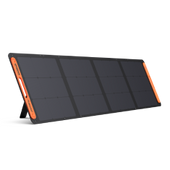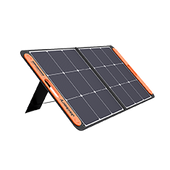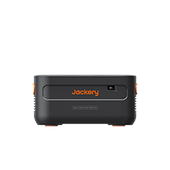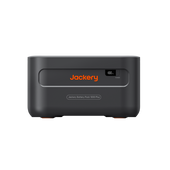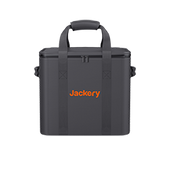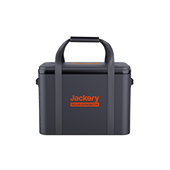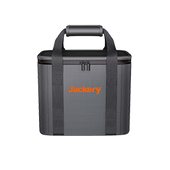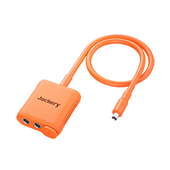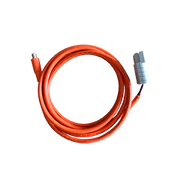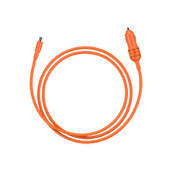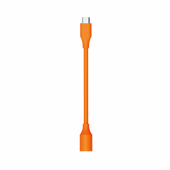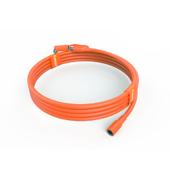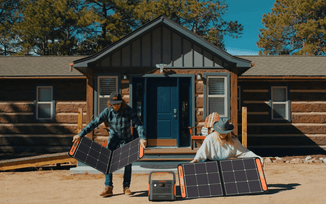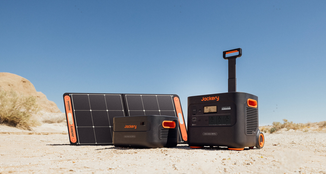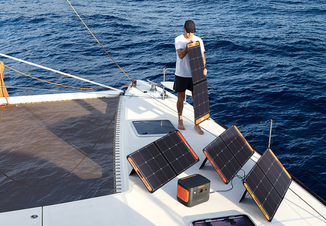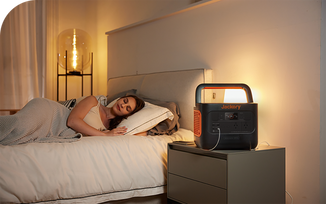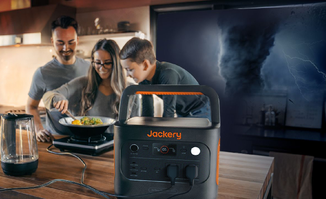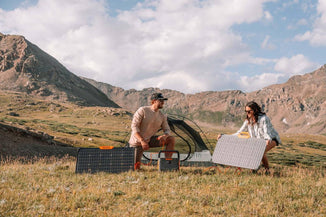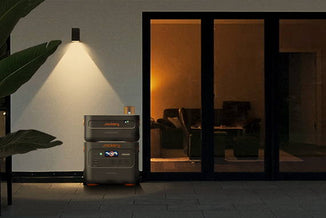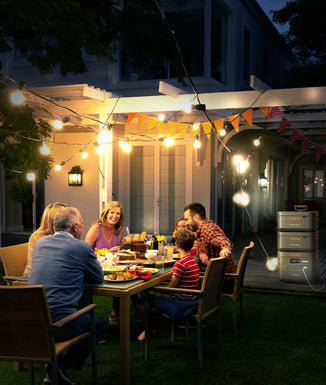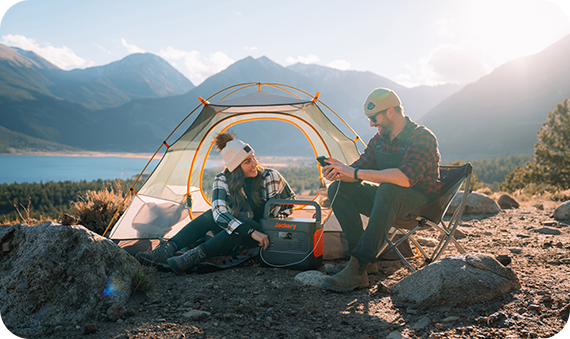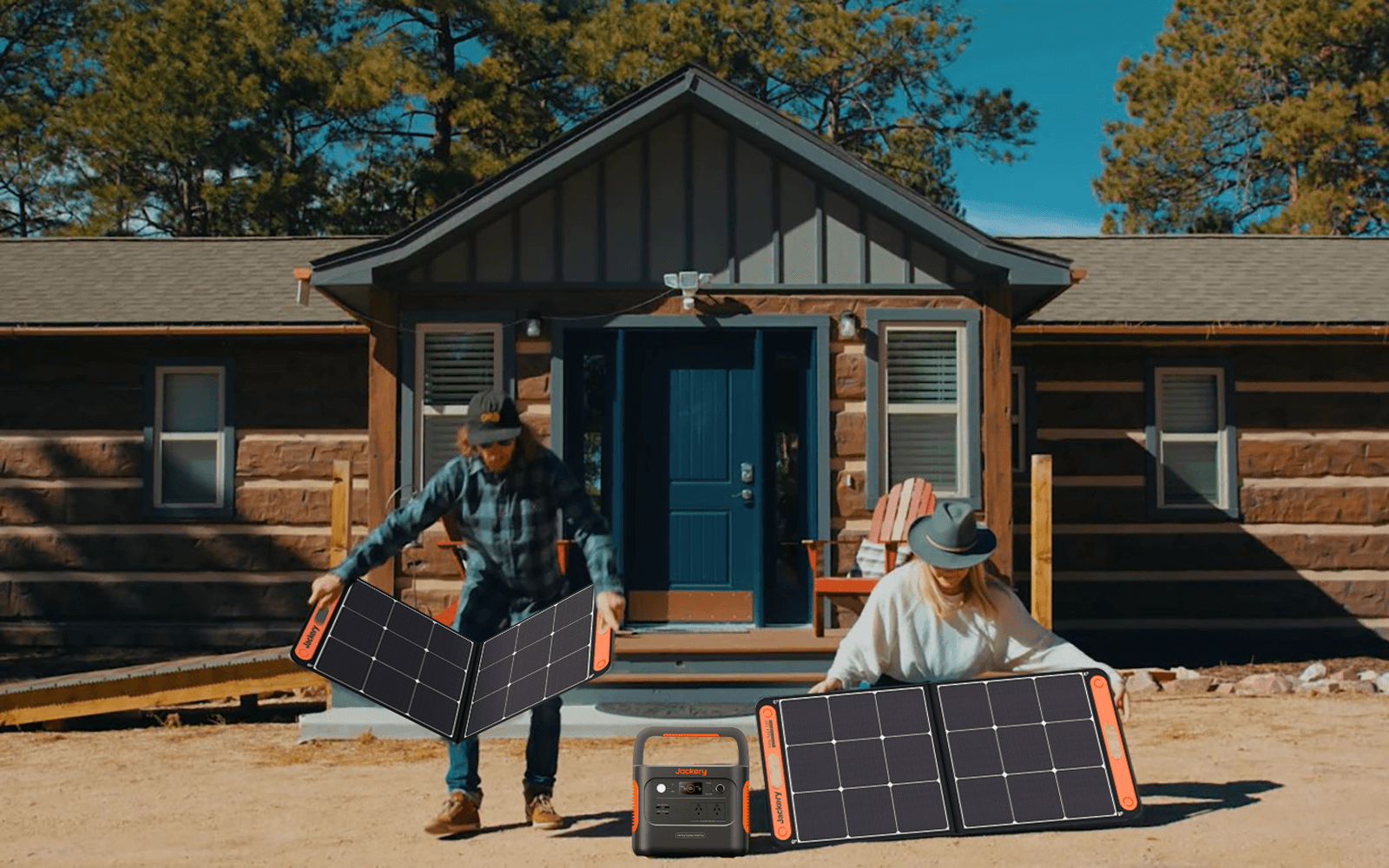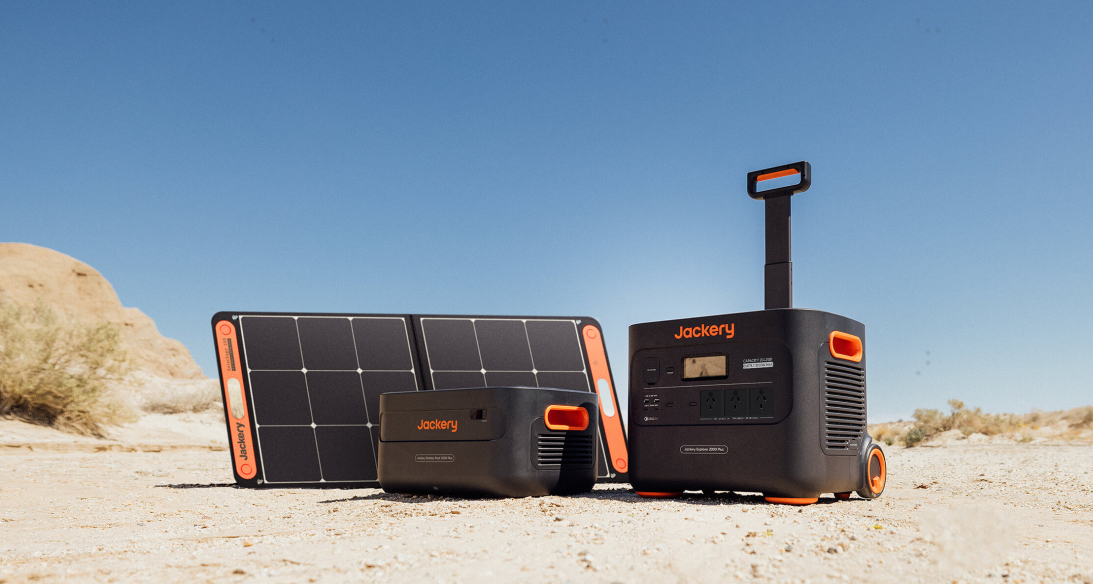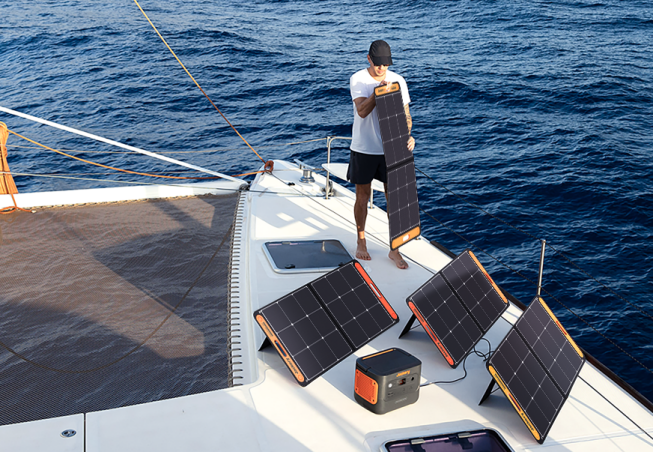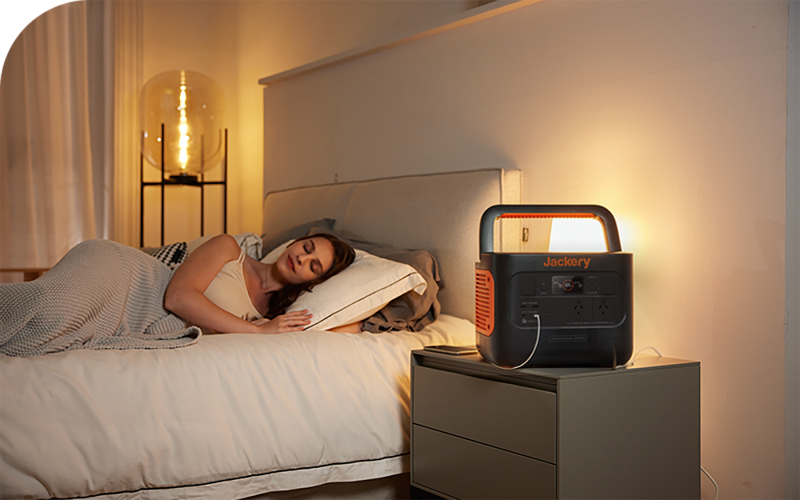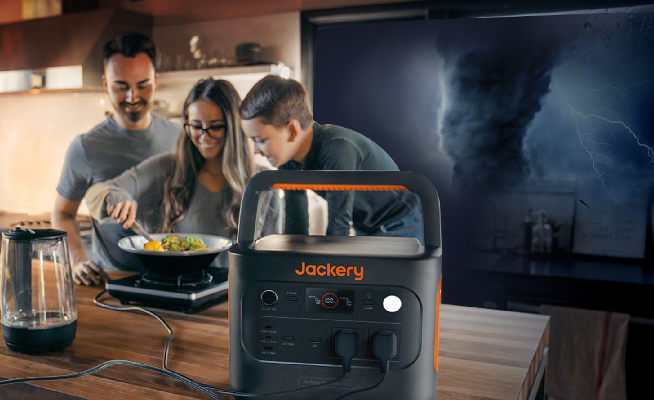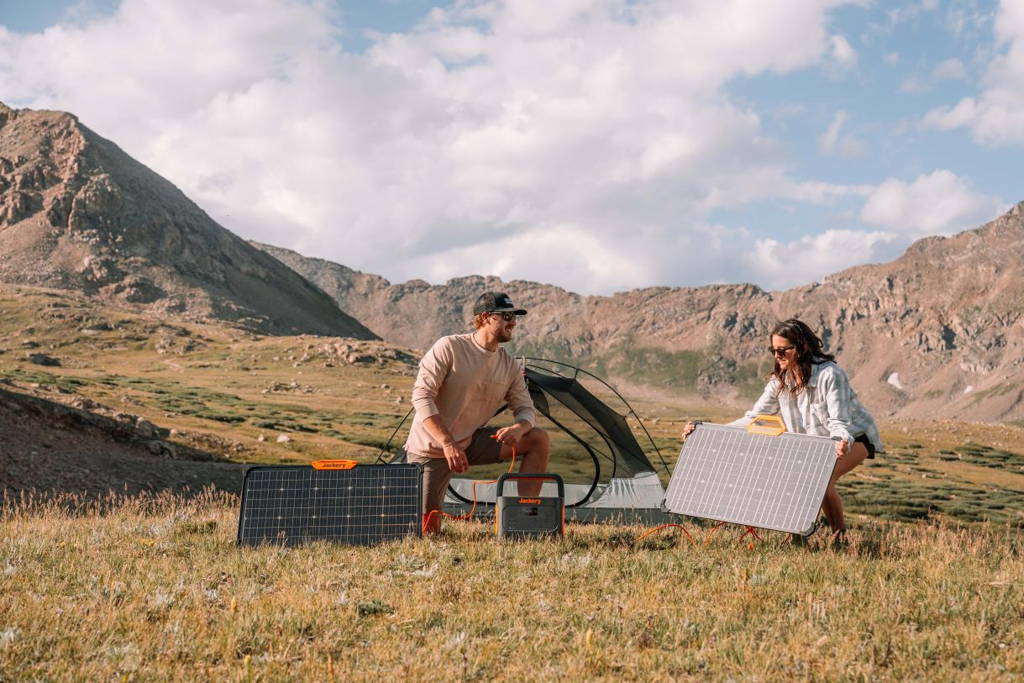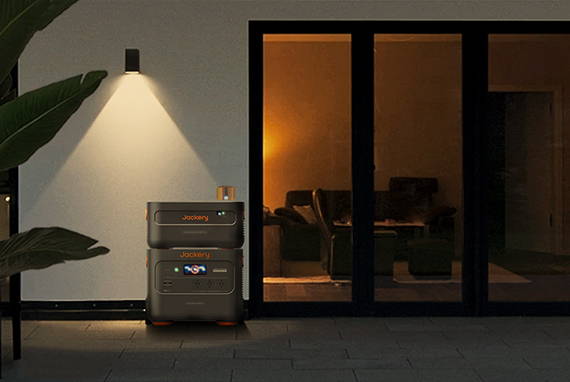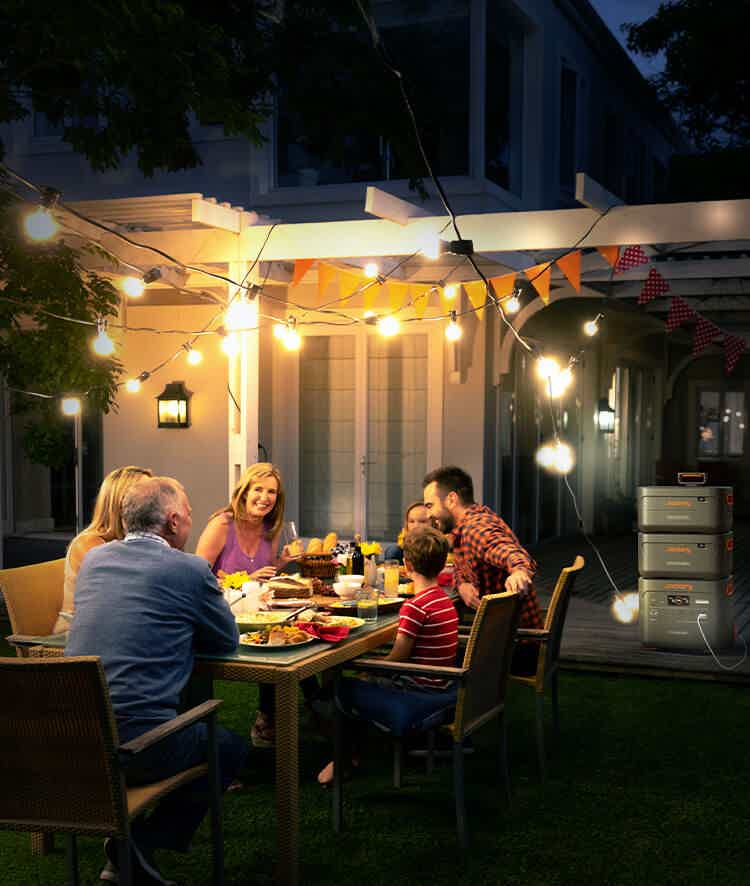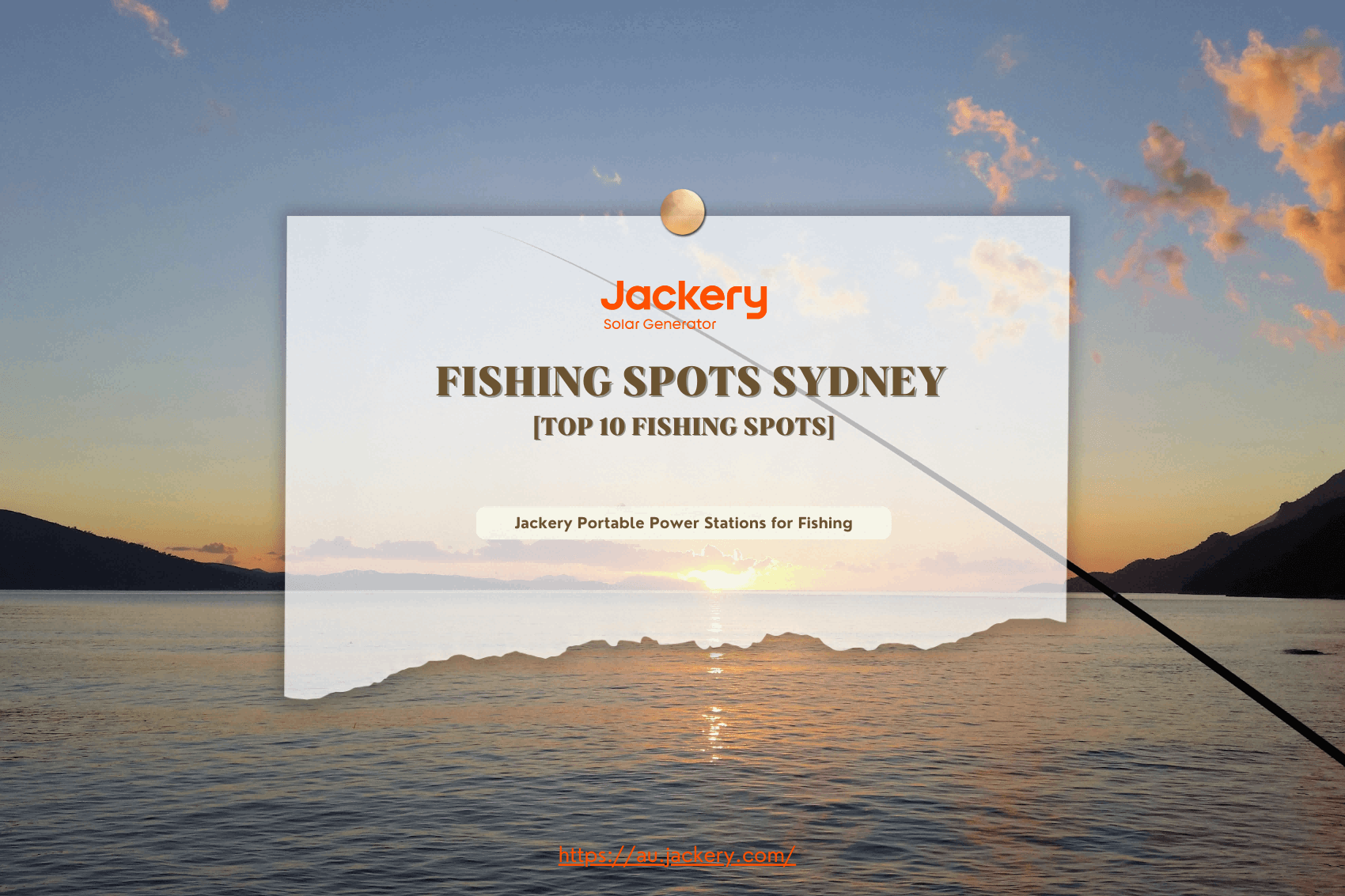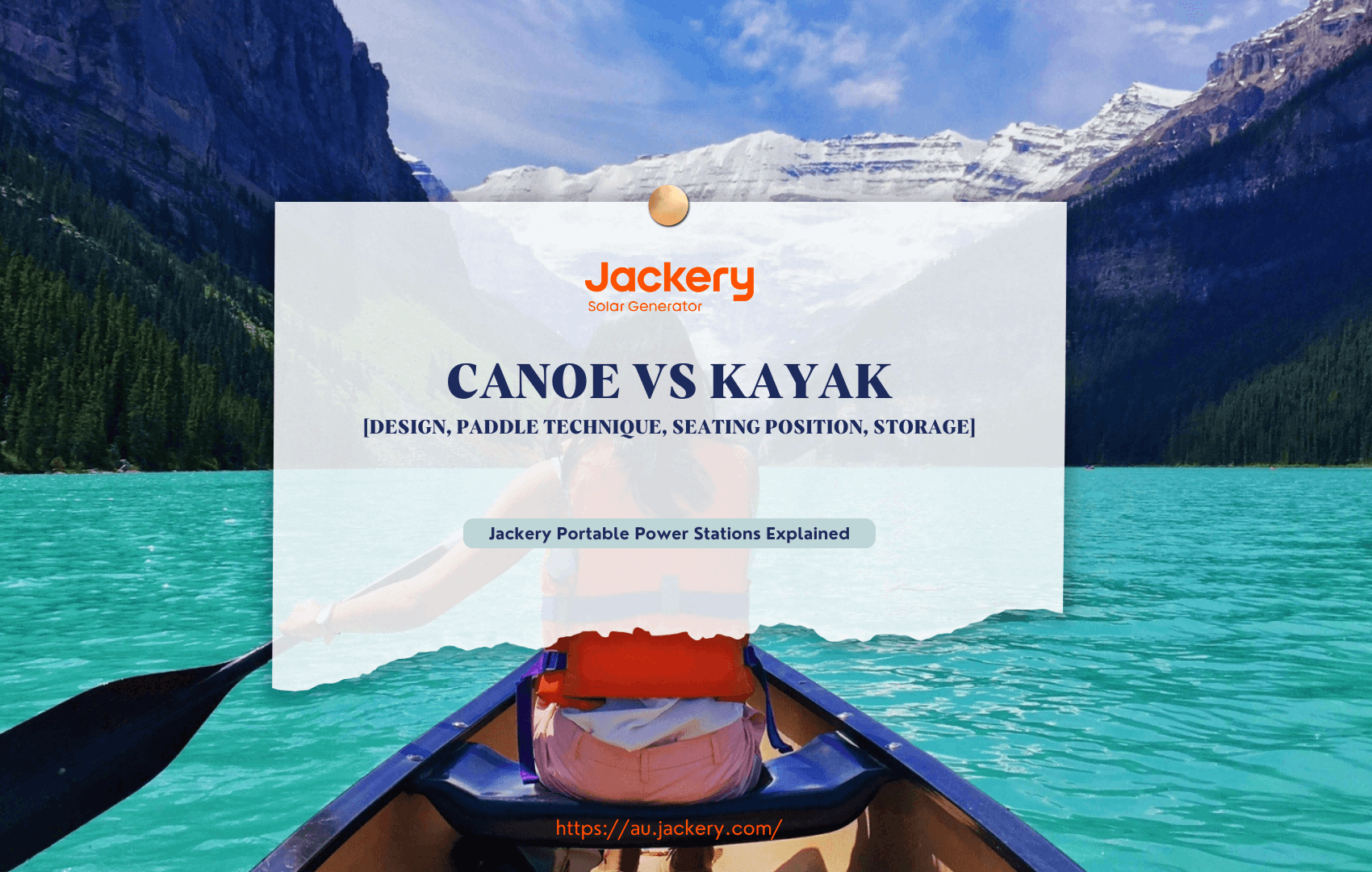Where to Watch the Whale?
For the first timers, you must have googled many times for the best place to get a glance of the huge marine fairy, then here is the recommendation.
Sydney Harbour
Sydney Harbour is one of the spots for whale watching Sydney during the June to November migration seasons. It encompasses around 55 square kilometres and provides a unique vantage point with its deep waters and sheltered coves. The harbour's complex bathymetry, steep drop-offs, and underwater ledges attract cetacean species, including humpback and southern right whales.
The underwater topography helps upwell nutrient-rich waters to support abundant krill and small fish (food sources for whales). Consequently, the harbour is a feeding ground for observing feeding behaviours, including bubble-net and lunge feeding.
During peak season, you can see mother-calf pairs in the inner harbour areas. That's where calmer waters provide a safer environment for young calves. Whale-watching Sydney tours may employ hydrophones for enthusiasts to listen to whale songs for an immersive experience. Moreover, the placement of lookout points like North Head and the Sydney Opera House forecourt allows ideal land-based whale watching to complement boat tours.
Notably, the tidal flows in the harbour can influence whale sightings. Stronger tides drive whales closer to shore in search of food for sighting opportunities.
Bondi Beach
Bondi Beach is also a spot for whale-watching Sydney activities due to its proximity to the continental shelf edge. It creates a steep gradient for the presence of baleen whales. The upwelling currents bring nutrient-rich waters to the surface to back the marine ecosystem.
During the migration periods, Bondi's coastal waters become a corridor for humpback and southern right whales as they travel between feeding grounds in Antarctica and breeding grounds in the warmer waters of the Coral Sea. The beach's headlands offer raised vantage points for spotting whales.
The clear visibility and relatively calm sea conditions during the migration season render Bondi Beach optimal for all whale watchers. Furthermore, a strong coastal current (East Australian Current) influences whale movement patterns while bringing them closer to shore. Whale-watching Sydney excursions around Bondi Beach may use drones for aerial observations.
It gives a unique outlook on whale behaviour and social interactions. Also, the coastal reef systems near Bondi Beach are temporary resting spots for migrating whales for more close encounters.
Cape Solander
Cape Solander within Kamay Botany Bay National Park is another whale-watching Sydney location. Essentially, it has high cliffs and panoramic views of the Pacific Ocean. The area is remarkable for its rugged sandstone cliffs that provide high vantage points for observing whale migrations.
The site's positioning along a migratory path gives frequent sightings of humpback whales. They might be observed breaching and tail-slapping as they traverse the coastal waters. The Cape's exclusive oceanographic conditions from the warm waters of the East Australian Current create a marine environment rich in plankton and small fish for whale sustenance.
Satellite tagging and photographic identification can help monitor whale populations and their migratory patterns. They provide data on whale residency times and movement patterns within the area. Cape Solander's cliffs have interpretative signage and viewing platforms for the better educational aspect of SeaWorld whale watching. The local microclimate, with relatively calm winds and clear skies during the migration season, also enhances visibility.
Apart from that, the site's juxtaposition to the deep waters of Botany Bay may result in sightings of other marine megafauna, including dolphins and seals. It adds to the ecological richness of the experience.
Recommended Things to Bring
The whale watching trips can be prolonged; therefore, having an all-around-considered preparation is important; here is the gear that should be on your preparation list.
Binoculars
On a whale-watching Sydney expedition, a quality pair of binoculars is key. Opt for ones with a magnification of up to 10x. It balances magnification power and stability to view from a moving boat. Binoculars with a wider FOV are beneficial since they allow you to track the whales' movements more easily.
Consider models with waterproof and fog-proof features for the marine environment. Besides, binoculars with image stabilisation can help counteract the boat's motion for a clearer view. For those serious about their whale-watching Sydney experience, a pair with anti-reflective lens coatings can enhance image clarity and brightness in varying light conditions.
Camera
Capturing the moments of whale watching Sydney needs a camera to handle fast movements and variable lighting. A DSLR or mirrorless camera with a swift shutter speed freezes the motion of breaching whales. Look for cameras with a constant shooting mode so you take many shots per second.
A telephoto lens with a 100-400mm focal length helps get those close-up shots from a distance. Ensure your camera has good low-light performance; light can change on the open water. Waterproof or weather-sealed cameras protect against sea spray. Further, bring extra batteries and memory cards. The excitement of whale watching Sydney can prompt many photo sessions.
Warm Clothing
Despite Sydney's mild climate, it can be cold on the water during early morning or late afternoon trips. Layering helps stay comfy during whale watching Sydney. Start with a moisture-wicking base layer so the sweat remains away from your skin. Add an insulating mid-layer of fleece or wool to retain body heat.
Finally, a windproof and waterproof outer layer protects against the cold sea breeze and occasional splashes. A warm cap, gloves, and a neck gaiter can provide added warmth. Fabrics that dry quickly and retain warmth when wet are recommended. What is more, polarised sunglasses can decrease glare from the water for better visibility and lower eye strain.
Snacks and Water
Keeping hydration and energy levels is key during a whale-watching Sydney excursion, which may last several hours. Pack snacks that are high in energy but easy to eat, including granola bars, nuts, and dried fruit. They provide carbohydrates, protein, and healthy fats to keep you satiated. Avoid items that can be damaged or require preparation.
Bring a reusable water flask with a lid to prevent spills. Insulated bottles can keep your drink cool or warm, according to the weather. Electrolyte tablets or drinks can maintain hydration balance on warmer days. Likewise, small, easy-to-carry containers for waste help keep the marine environment clean. Being prepared with the right provisions gives a more enjoyable whale watching Sydney experience.
Small Power Generator
Backup power supply! How come you can forget that? For recording and your personal security, it can be of great help.
Keep Safe! What Might Happen During the Whale-Watching Trips?
People will be cheered by the chilling but rare calls from whales; maybe it is the response of our nature to be magnetized by the mystery. However, the mystery lies in danger. And to minimize the risk, a proper backup power source is a must.
Power Failures on the Boat
Sudden power outages can disrupt essential systems such as navigation and communication devices. Having a portable power station ensures these systems remain operational, helping you maintain safety and communication.
Equipment Malfunctions
Electronic devices such as GPS, sonar systems, or cameras might fail or require recharging. A portable power station provides backup power to keep these crucial devices functioning, ensuring you don't miss important sightings or navigational updates.
Medical Emergencies
In case of a medical emergency on board, having a portable power source is essential for powering medical equipment or communication devices needed to coordinate emergency response.
Lost or Disoriented
If the boat gets lost or disoriented, GPS devices and communication systems are critical. A portable power station ensures these devices stay charged, helping you navigate back to safety or communicate with rescue services.
Severe Weather
Unexpected severe weather conditions can impact your equipment or power sources. A durable, reliable power station can withstand harsh conditions, providing consistent power even in challenging environments.
Communication Failures
In remote locations where cell service may be unreliable, a portable power station ensures that communication devices like radios or satellite phones remain operational, enabling you to stay in touch with support teams or other vessels.
The Best Portable Power Generator Australia for Marine Adventures
For marine adventurers, a backup power supply should be powerful, durable, splash-proof, in other words, and most importantly, portable, not bulky or occupying too much space. Then, Jackery Explorer 1000 Plus Portable Power Station and Jackery Explorer 600 Plus Portable Power Station may be what you want for whale watching Sydney.

Jackery Explorer 1000 Plus Portable Power Station
- High Power Capacity
With a 1264Wh capacity and 2000W output, it can effortlessly run sonar systems and GPS devices for extended periods, ensuring you stay on course and well-informed throughout your expedition.
- Fast Solar Recharging
The speedy 4.5-hour solar recharge using 4 SolarSaga 100W panels keeps your equipment running smoothly during lengthy whale-viewing excursions in remote locations, providing reliable power without the need for traditional outlets.
- Durable and Long-lasting
Featuring robust LiFePO4 battery cells, it offers up to 4000 charge cycles, delivering dependable performance even in harsh maritime environments, ensuring your power station stands up to the elements.
Jackery Explorer 600 Plus Portable Power Station
- Powerful and Versatile
With a 632Wh capacity and 800W output, it effortlessly powers cameras, portable freezers, and emergency communication instruments, ensuring you capture every moment and stay prepared.
- Reliable Power Supply
During boat power outages, the UPS feature with a switch time of less than 20ms keeps vital electronics running seamlessly, ensuring uninterrupted operation of essential devices.
Notably, the newly launched portable power station is equipped with ChargeShield 2.0 and an LFP battery with a 4000-cycle lifespan; it offers long-term efficiency and reliability, providing sustained power and peace of mind during your excursions.
- Durable and Lightweight
Weighing only 16.1 lbs (7.3kg), it’s easy to carry on board. Its shockproof and fireproof construction makes it ideal for the challenging sea environment, providing robust protection against the elements.
- Flexible and Efficient Charging
Fast solar and wall charging options offer flexibility and efficiency, allowing you to quickly recharge and stay powered up for extended whale-watching excursions.

What to Consider If You Are Looking for the Guided Tours
Spontaneous
When considering spontaneous whale watching Sydney, know the variability in whale migration patterns. Humpback whales migrate along the East Coast from June to November. So, choose a tour operator with real-time tracking technology.
Some companies now use radar and satellite tools to track whale positions. Moreover, operators should offer flexible departure times and last-minute booking options for sudden weather and changes in whale activity. Also, check for operators with smaller vessels. They can maneuver to locations where whales are sighted spontaneously.
Duration and Schedule
For whale watching Sydney, the duration and schedule of tours should match the peak times of whale activity. Tours may last two to four hours; longer ones may offer more chances to spot multiple pods.
Check if the operators provide detailed schedules that include the best times for sightings based on past data. Operators utilising hydrophones to listen to whale calls can enrich the experience for precise spotting occasions. Plus, inquire about the availability of early morning or late afternoon tours. These times, you see increased whale activity due to feeding patterns.
Group Size
Group size impacts the whale-watching experience in Sydney. Commonly, smaller groups mean a more personalised experience and better viewing opportunities. Operators who limit the number of passengers per trip guarantee that everyone gets views and can move around the vessel.
Smaller groups also have more knowledgeable guides who can provide in-depth information about whale behaviour, marine biology, and conservation efforts. Besides that, ships carrying fewer passengers can approach whales quietly for natural and protracted interactions. Always check if the operator follows regulations on minimum approach distances to protect the whales.
Travel Style
The style of travel, from whale watching tours in Sydney, can range from luxury to eco-friendly options. Consider what supports your preferences and values. Luxury tours might include gourmet meals, comfortable seating, and private charters for a high-end experience.
Conversely, eco-friendly tours stress sustainability and may use vessels with lower emissions, biodegradable materials, and practices that support marine conservation. Some operators collaborate with research organisations so that guests can participate in citizen science projects. Assess if the tour satisfies your travel ethos, whether it is minimal impact travel or a focus on luxury.
How to Watch the Whale: Some Hacks to Follow
For your heightened whale-watching Sydney experience, consider many strategies. First, go early or late in the day. It offers the best lighting conditions for spotting and photographing whales; the angle of the sun may lower glare and improve visibility. Use a polarised filter on your camera to curtail reflections on the water's surface for more defined images of the whales.
Stay patient and alert because whale behaviour can be erratic. Frequent scanning of the horizon and the water around you increases the probability of spotting these creatures. Additionally, bring a Jackery portable power generator, which is highly handy and versatile, so all your electronic devices stay charged throughout the day. It keeps cameras, GPS devices, and communication tools active. What is more, if you are prone to seasickness, use acupressure wristbands or anti-nausea medication so you can concentrate on the experience rather than discomfort.
Conclusion
Jackery cannot wait to create the best memory with you, be it chilling Canvas trips, casual family picnic time, or precious whale watching. Our innovative backup power supply solutions are always there for you.

